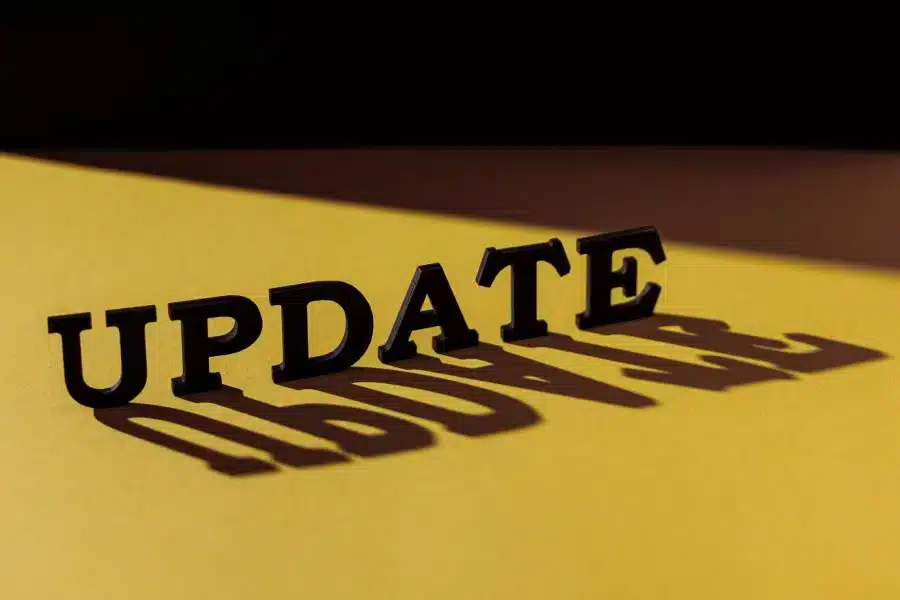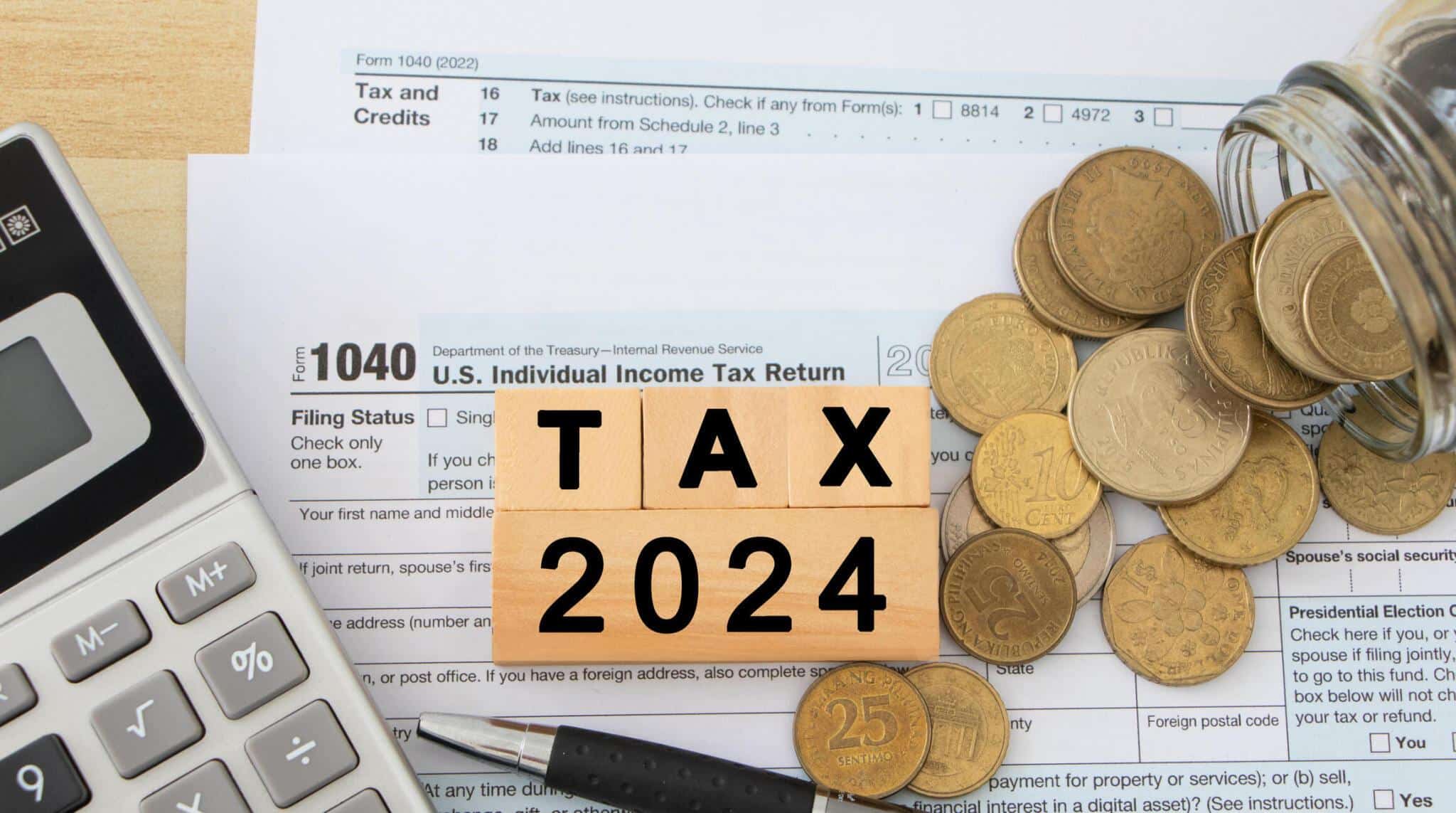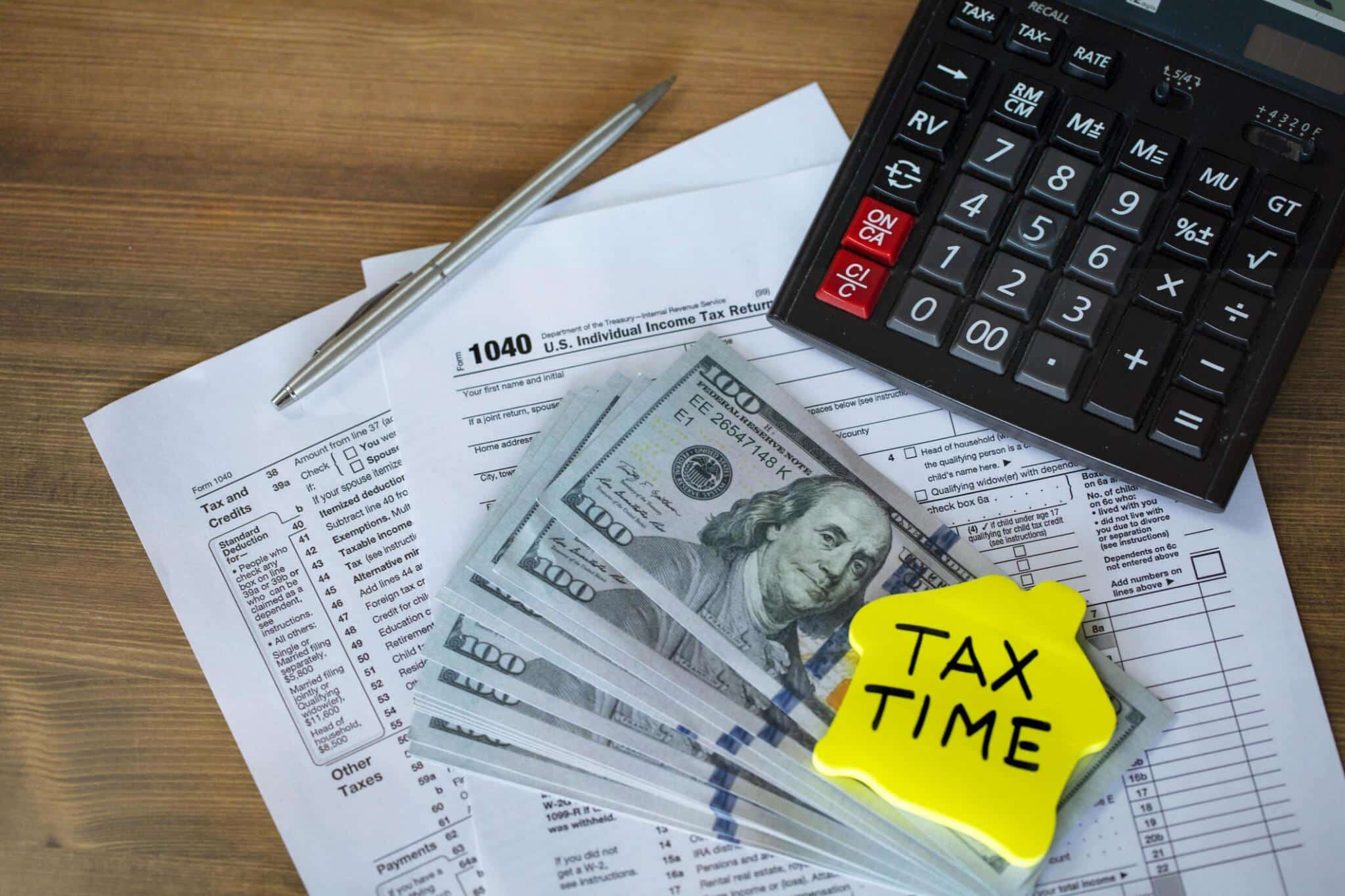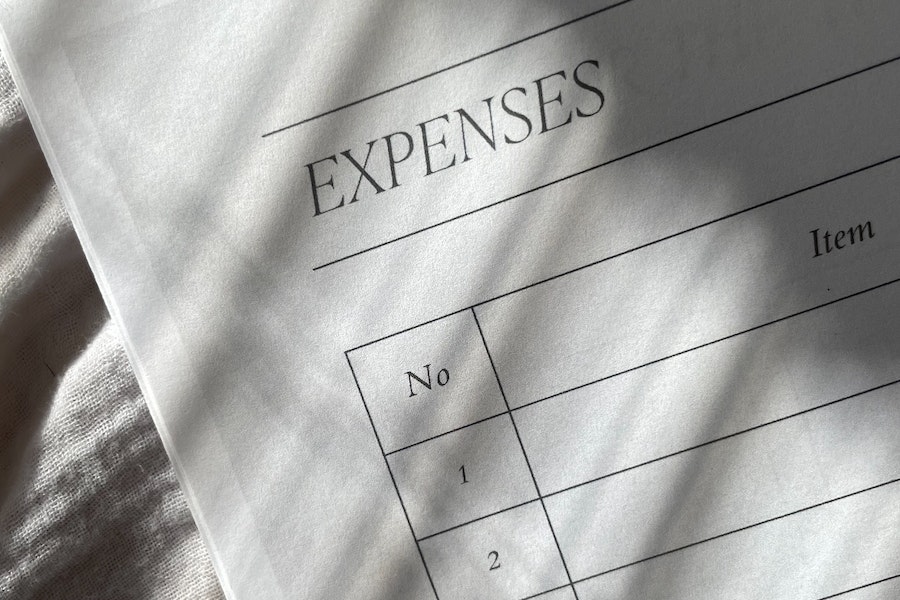If you own a small business and have employees, recent changes to the way you report your staff payments to the ATO will affect you.
Here’s some information about what Single Touch Payroll is and what the latest updates involve:
What is Single Touch Payroll?
Single Touch Payroll (STP) is a system businesses use to report their payroll activity to the Australian Taxation Office (ATO).
This information was reported annually in the past. Now, information is sent to the ATO every payday. STP is a digital system, and small businesses must follow a specific format when they submit the required details.
Rather than the annual payment summary that employees used to receive at the end of every financial year, now payment summaries go directly into MyGov. They can be accessed for tax return purposes by employees, through the MyGov portal.
Because it is a requirement to be STP compliant, small businesses need to find the easiest ways to share employee pay information with the ATO. Digital platforms like MYOB and Xero are some of the best tools to use. If you’re not familiar with them, it can help to enlist the services of a tax accountant and bookkeeper.
The rollout of STP changes is now in its second phase in Australia.
Single Touch Payroll Phase 2
The first phase of STP required more regular reporting of employee pay information. The rollout of STP Phase Two started earlier this year. It asks employers for more details about the way they pay their staff.
The three stages of Phase 2 are:
- Stage One: Transitioning existing employee profiles and providing relevant information when onboarding new staff;
- Stage Two: Identifying and updating certain pay terms with the new earnings categories defined by the ATO
- Stage Three: Breaking down paid leave into additional sub-categories
Businesses will soon be expected to be up to date with all three stages of phase two.
Why update Single Touch Payroll?
The Australian Tax Office states the following reasons behind the second phase of STP:
- Employers will no longer have to send in their employees’ tax file number (TFN) declarations. Employees will provide the declaration to their employer, who will keep the information on record.
- If you’re using a concessional reporting option, such as for closely held payees or for inbound assignees, you’ll be able to tell the ATO through reporting income types.
- If you make a Lump sum E Payment, you won’t need to provide Lump sum E letters to your employees. You’ll have included the amount and the period it relates to.
- If you change software or your employee’s payroll ID, you can tell the ATO in your STP report (if your solution has this functionality). This will help fix issues with duplicate income statements for employees in ATO online services through myGov.
Paid leave subcategories
Employers have to categorise existing paid leave in their payroll reporting as part of STP Phase 2.
The available categories will include ‘other paid leave (Type O)’ and ‘ancillary and defence leave (Type A)’.
Other paid leave (Type O) includes:
- Annual leave
- Compassionate and bereavement leave
- Family and domestic violence leave
- Long service leave
- Personal (sick/carer’s) leave
- Rostered day off
- Special paid leave
- Study leave
- Time off in lieu
Ancillary and defence leave (Type A) include:
- Community service leave
- Defence reserve leave
- Jury duty leave
Own a business? What you need to do about STP changes
If you have a bookkeeper or accountant doing your pay runs, touch base with them to confirm your business is STP compliant. They may need you to share additional information about the pay your employees receive.
If you’re handling your own pay runs, check the ATO website: https://www.ato.gov.au/business/single-touch-payroll/.
Need support to ensure your payroll and tax reporting is compliant? Speak to Mobbs & Co today.










